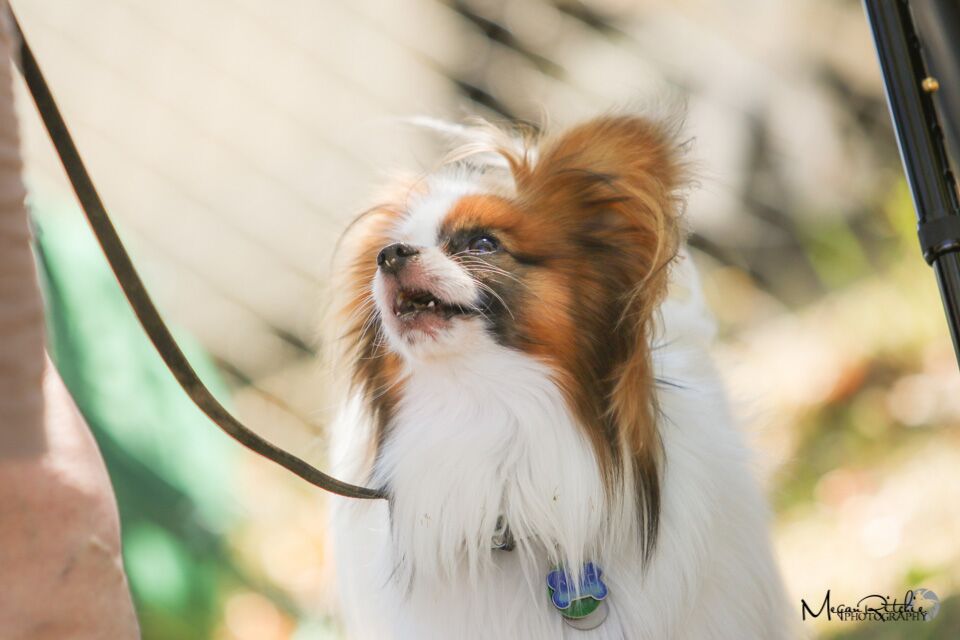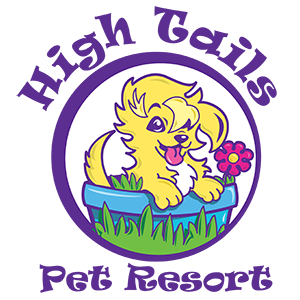Everyone signs up for a dog training class with the best of intentions. Visions of the Lassie come to mind. Most owners want the same thing – a dog that listens quickly to cues and performs them seamlessly regardless of distractions – better yet if your dog can just read your mind!
Unfortunately not everyone enjoys the experience of coming to class. Common concerns include:
- Your dog can’t listen around all the distractions
- You didn’t get to work on the exercises that you were expecting/desired
- The other dogs in your class seem so much more advanced and you feel embarrassed
- You don’t like the methods being used in class
- There’s another dog in class that barks the whole time and it’s driving you crazy
Happily there’s a number of ways to make the most of your dog training classroom experience.
1) Choose a class that’s the right level for you and your dog. Sometimes owners feel their dog is very advanced (and they may even be right!) but they are new dog owners and the humans don’t have the technical skills to succeed. Other times your dog listens extremely well at home but has a hard time in a class environment.
- For situations like this taking a private one on one lesson can do wonders to get you and your dog on the same page. It can also help you deal with individual concerns that are stopping you from succeeding in a class environment.
- Take the time to come watch a class before you sign up if you are unsure about what would be the best option for you.
- Speak to your instructor before or after class about your concerns. If your instructor isn’t available before or after arrange a time to have a phone conversation uninterrupted. This will allow the instructor to focus their attention on your goals, needs and allow you to plan what would be best for your dog. Your instructor definitely wants you to be happy!
2) Don’t skip steps in training. Often owners will teach their dog to wait for their food when feeding and then release the dog to their bowl. When learning stay in a formal class setting they will ask their dog to do a distance stay for a lengthy period of time. Often the dog doesn’t even understand what the release for the behaviour is or how to stay with other dogs around. Follow your instructor’s lead and ask for more advanced steps once you are certain your dog is being successful. There’s almost always a reason why your instructor is asking you to complete an exercise a certain way.
- Keep in mind that the dog training world is always changing. New methods are being researched and utilized so what worked 10 years ago may not be what is considered a current best practice. If you’ve chosen an instructor who participates in professional development and is constantly learning then you need to trust their expertise.
3) Ensure you are practicing at home. No dog can learn to be responsive, attentive and well practiced by attending a class once a week for one hour. Dogs need to practice their skills every day with their families in real life settings. Take the time to incorporate training exercises into your daily routine and you’ll notice how much easier it is in class each week. Most dogs need to practice 10-15 minutes a day with little breaks in between.
- Practice loose leash walking and attention on walks
- Ask for sits and downs before opening doors and playing games
- Use your recall word frequently with a high valued reward on walks
- Utilize stay when passing people/dogs on walks
- Remember to catch your dog doing good behaviour and reinforce them for doing it right! It’s so easy to ignore your dog when they are finally being calm and quiet – take advantage of those moments and reinforce them.
4) Don’t be afraid to ask questions. Ask your instructor why/when the exercise can be useful at home. If you’re unsure about how to teach your dog or perform the skill seek clarification. Be polite and time conscious for the other students but make the most of your class time.
- If your instructor asks you to do something that makes you or your uncomfortable do not feel pressured to do the exercise. You are your dog’s advocate. Clear communication with your instructor can help prevent a situation like this – remember you know your dog best and it’s your instructor’s job to help guide you to success. If something is going to be stressful, painful or against your better judgement then communicate your concern. A good instructor will work with you and have multiple ways to train a behaviour so that you and your dog are happy.
5) Stay engaged with your dog in class. Often times owners will try a skill 2-3 times and then sit down and wait for the next exercise. This doesn’t allow you and your dog to practice the muscle memory and gain the repetition needed for success. Keep working with your dog and mix up the exercises if you need a change of pace.
- Many dogs enjoy short cuddle or play break while training. This can help keep your dog fresh and focused. Incorporate lots of engaging experiences in your practice both in class and at home.
6) Keep your expectations realistic. Most, if not all, dogs will not be fully trained after only 6 weeks. Most dog trainers take months to teach their own dogs on a daily basis life skills like stay, walking on a loose leash and recall. You need to invest a serious amount of time at home and commit to ongoing training when you have a puppy or a dog. Taking ongoing classes in a variety of disciplines can help keep training fresh and yourself motivated. Remember that every single interaction you have with your dog is a training moment – you are constantly teaching your pet something.
7) Address behaviour issues head on. If your dog has an issue with aggression or fear then coming to a group class will not solve your issues (it may help though). It’s important to address serious behaviour issues head on and one of the best ways to do so is with private one on one training. Work on these issues as soon as they appear and deal with them directly – this will save you time, money and heart ache in the long run. You may also feel more comfortable in a group class situation once you and your dog have mastered the basic skills to keep everyone safe.
8) Involve the whole family. It’s important for dogs to have consistency in training. If only 1 member of the family is working with the dog then the dog is less likely to succeed as communication will be muddled. Whenever possible include all able members of the family in training.
AND MY BEST PIECE OF ADVICE:
9) Understand how to motivate your dog. People don’t work for free and dogs won’t either. Your dog needs to be motivated in order to achieve your goals. No dog is the same and it’s important to figure out what motivates your individual dog. Some dogs love treats, others it can a toy and while others want to be rewarded with play and attention. Figure out what makes your dog tick and then ask your instructor to help you reward your dog with what works for them. Keep in mind that what motivates one day may not work every day so having a few options makes training easier.
Have fun, train your dog and achieve the relationship you have always wanted with your best friend!


